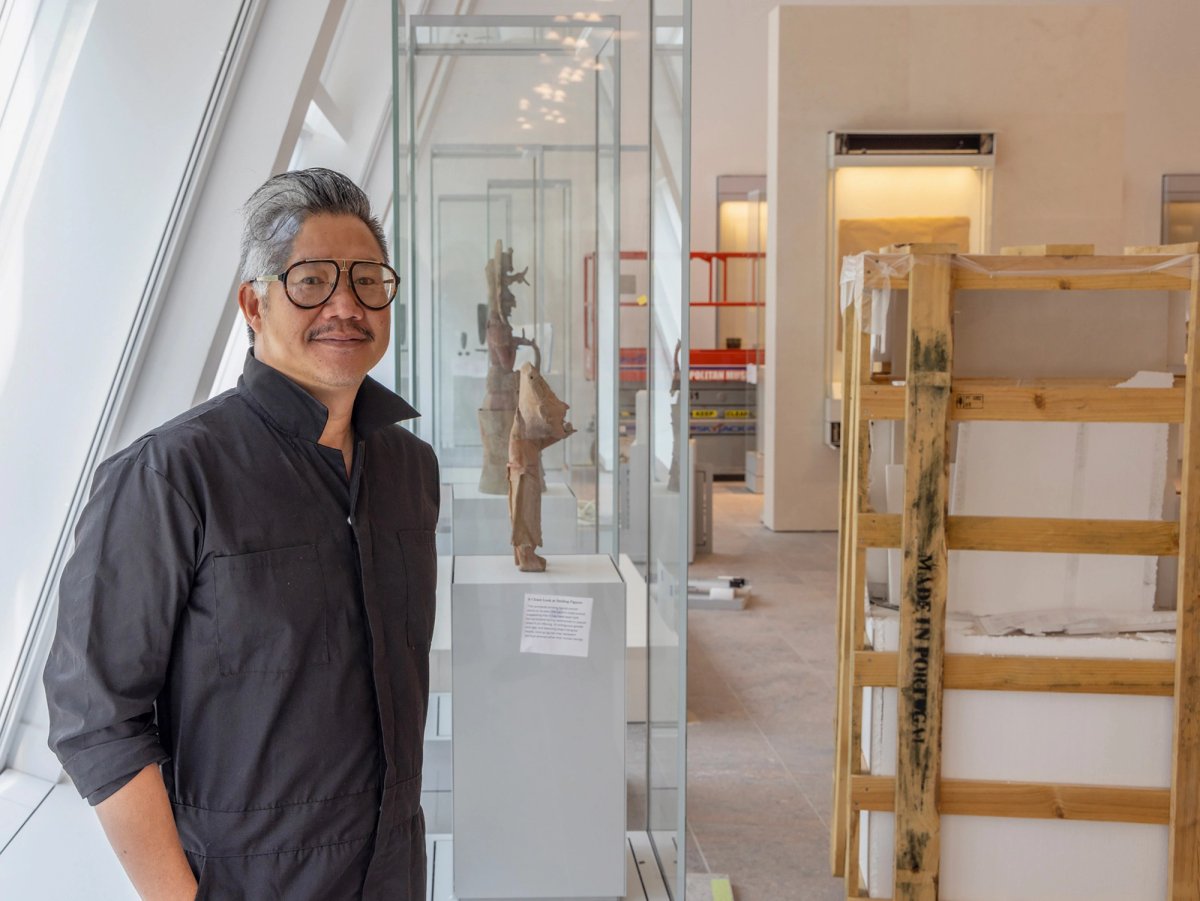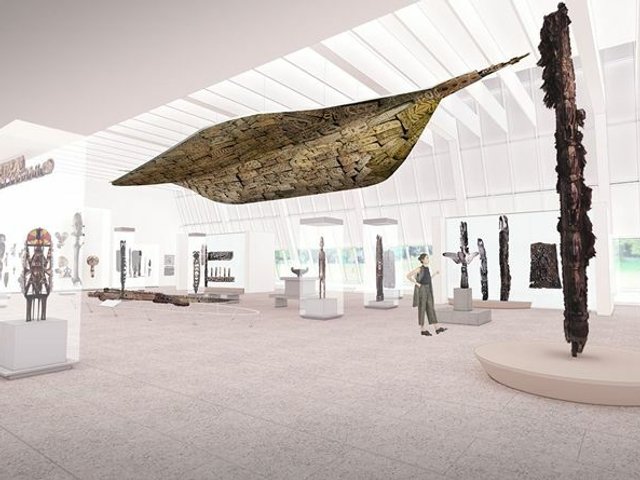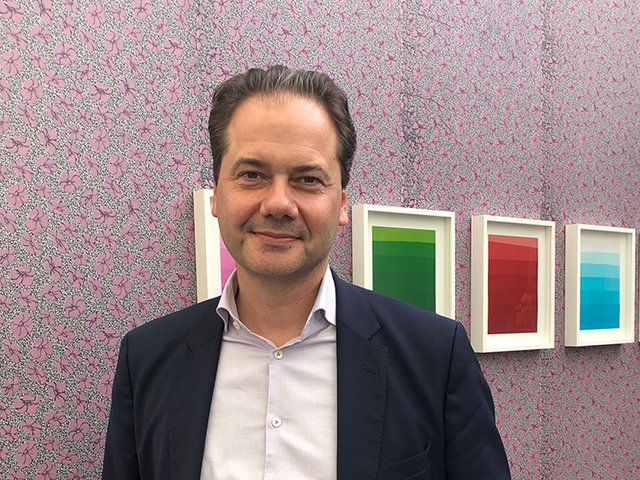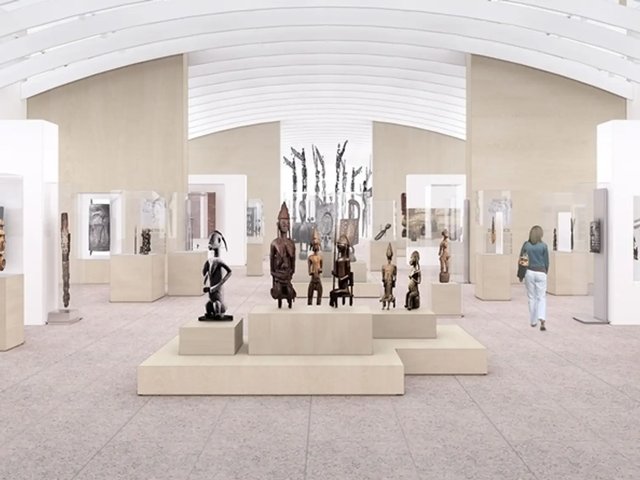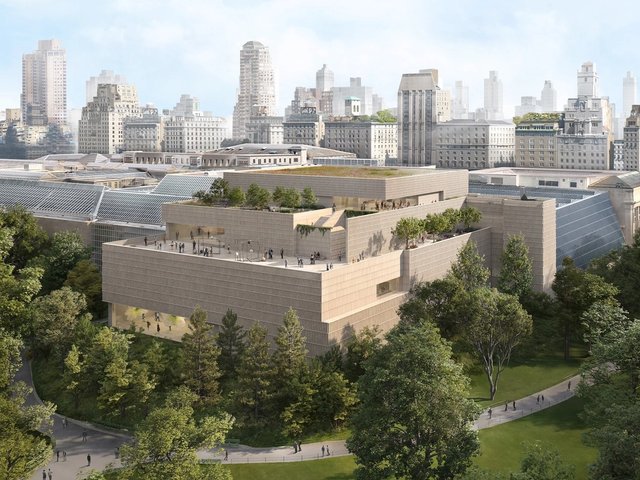Kulapat Yantrasast is really going places. Though he calls California home, the Bangkok-born architect has won commissions from so many museums in so many parts of the world that his primary drawing board has become the tray table of an airplane. Recently, he swept through New York from Riyadh and Paris before moving on to Tokyo, Manila and the city of his birth to monitor the progress of projects that include the Musée du Louvre and the Metropolitan Museum of Art. At the age of 57, Yantrasast is also speeding to the top of his profession.
Since January, he has spent a total of five days in Los Angeles, his base of operations since 2003—the year he established Why Architecture with a single client: the Grand Rapids Art Museum in Michigan, where the sustainable building he designed revitalised a moribund downtown on a $70m budget. Now, Yantrasast and his firm have completely overhauled the Met’s Michael C. Rockefeller Wing for the arts of Africa, Oceania and the ancient Americas, in collaboration with Beyer Blinder Belle as the executive architect and architect of record on the project. It reopens to the public on 31 May, after four years under wraps. The total cost: $70m.
How could the architect design a small museum and a top-to-bottom renovation of a vast, 40,000 sq. ft exhibition hall in what is arguably the most encyclopaedic museum in the world for the same money 20 years later? By anchoring his thinking in Thai cooking, particularly Pad Thai, in which many ingredients combine to produce a unique culinary experience.
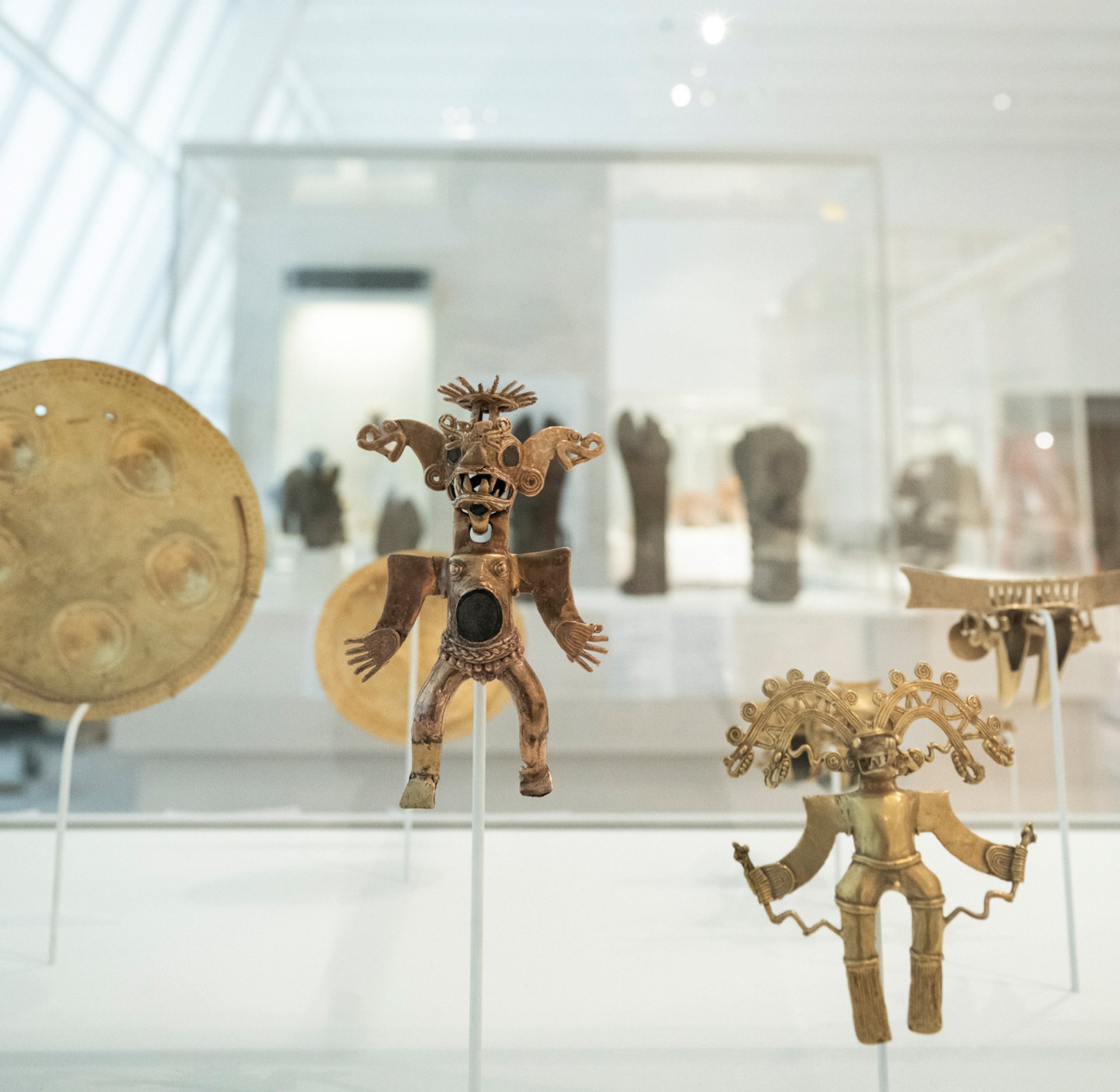
Figures on show in the reconfigured Ancient Americas Galleries in the Rockefeller Wing Photo: Paula Lobo
“Culture is always seen as high-end, like sushi,” Yantrasast tells The Art Newspaper. “One voice, very exclusive, very distinct, very elite. I advocate for cultural Pad Thai, because I feel that the time when culture is defined by one person is obsolete. A museum is a site of empathy, a place where you come to understand other people’s art. At the Met, you have Chinese tourists seeing African art for the first time in an American museum. This is a global matchmaking opportunity.”
Bringing cultures into context
Yantrasast’s belief made him an ideal candidate to bring clarity and sense to the vast Rockefeller Wing, where three separate collections totalling almost 2,000 objects represent three-quarters of the world’s cultures from across five continents.
“Part of the existence of this institution is to show the cultures of the world in one place, to bring them into context,” says Max Hollein, the Met’s director. “Kulapat’s work is all about that. It’s also about community.”
According to Alisa LaGamma, the Rockefeller Wing’s head curator (and the Met’s chief curator of African art), the hall has been begging for love since 1982—when it was added to the Met’s southern border to mirror the grandeur of the Temple of Dendur at the northern end. Only the space was designed without regard to its fragile contents: light-sensitive objects made of wood, bone, straw, animal hides, feathers and fabric. All were potentially put in harm’s way by a 200ft-long, two-storey glass wall on Central Park. Despite heavy shades and costly climate control, the wall exposed the collection to heat, sunlight and condensation—a curator’s nightmare.
The original construction of the wing was initiated and partly funded by the former US vice president and New York governor Nelson A. Rockefeller, whose family is as famous for its art patronage as for its wealth. Over his decades as a trustee at the Met, Rockefeller pressured the institution into accepting the contents of his private museum of non-Western and pre-Columbian art, which the Met had long spurned as too “primitive” to be considered art. Rockefeller named the wing for his anthropologist son, Michael, who drowned age 23 during a 1961 expedition with the Asmat people in Papua New Guinea.
Yantrasast has carved out an immense new space for the display of the tall memorial poles and 50ft-long wooden boat that were among the many works Michael Rockefeller gathered during his travels. The design takes full advantage of new technologies, distinctive installations and added portals to link the politically alert sensibilities of today’s audiences to the wing’s disparate cultures—as well as to the rest of the museum.
The nearly impenetrable hodgepodge that used to greet visitors in the cramped former African art galleries is now an airy, flowing amphitheatre of historical storytelling and volumetric design. Its 25ft-high ceiling plummets for interior galleries and rises back up to accommodate a new, energy-efficient glass wall embedded with honeycomb fritting that diffuses sunlight and cuts the wing’s electricity bill by 50%.
Gone is the old enfilade through the African art section. Its muddle of vitrines has been replaced by glass “chapels” for works from each culture. Its new ceiling is a cloud-like sequence of softly curving arches, opening the space and allowing unobstructed views all the way through to the core of the Oceania section.
“I understand that it has to be dark for the art, but why can it not be uplifting for people?” Yantrasast says. “Not everything has to be dark equally. You can light the floor but not the object. You can light the wall. People don’t want to be in the dark, especially if they have compromised sightlines.”
Long, diagonal installations from the Oceania galleries to the Americas and back to Africa now create a cohesive visual narrative leading visitors to make their own discoveries. Previously, people may have overlooked the collection of tapestry-like blue and yellow panels that, on close inspection, reveal themselves to be made of a quarter of a million bird feathers from the Amazon rainforest. These look Bauhaus Modern in a wall case at one end of a low-lighted interior space dedicated to Andean textiles, the first of its kind in the country.
Another highlight are three banner stones, 6,000-year-old wearable ornaments found in the Ohio River Valley. They are the oldest objects in the wing, where most date back only 150 years. A new gallery, to be rotated annually, will open with an exhibition by the Senegalese French Modernist Iba N’Diaye, his first show in New York.
Yantrasast’s previous projects include galleries at the Harvard Art Museums, the Art Institute of Chicago and Los Angeles’ Academy Museum of Motion Pictures, as well as new museum buildings in San Francisco, Louisville and a growing number of other cities around the world.
“I don’t have a language of architecture that I deploy on every project,” he says. “I’m not Richard Meier. I’m not Frank Gehry or even Tadao Ando.” (Ando was the teacher and mentor with whom Yantrasast worked for seven years on the Modern Art Museum of Fort Worth before striking out on his own.) “I build for the place I’m in,” he adds. “I ask why people come to a museum, how it can impact not just local cultural appreciation but also its production. How artists use the museum as a tool. I feel a responsibility to them. I work non-stop, even in my dreams. It’s my life, and I have a great time.”


